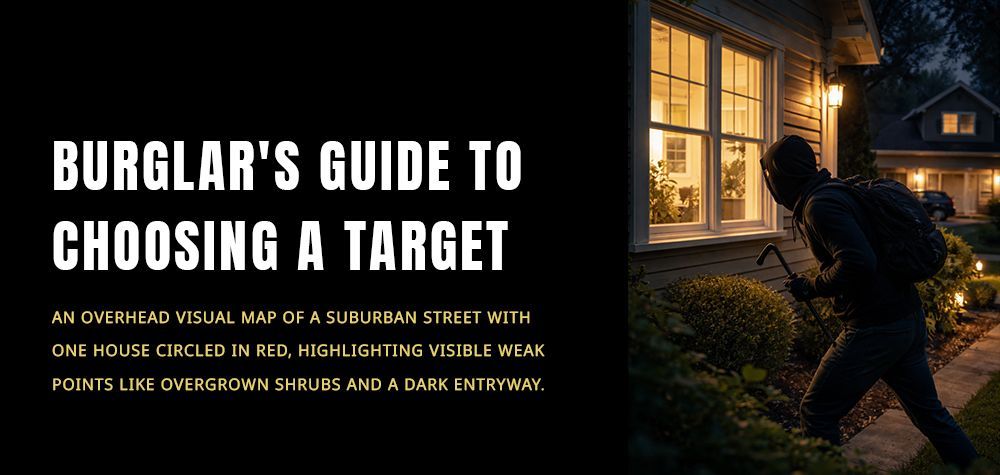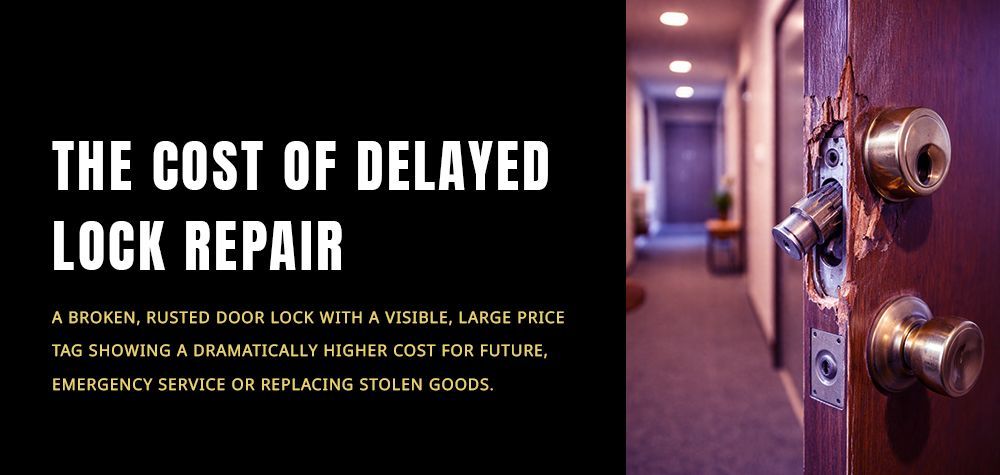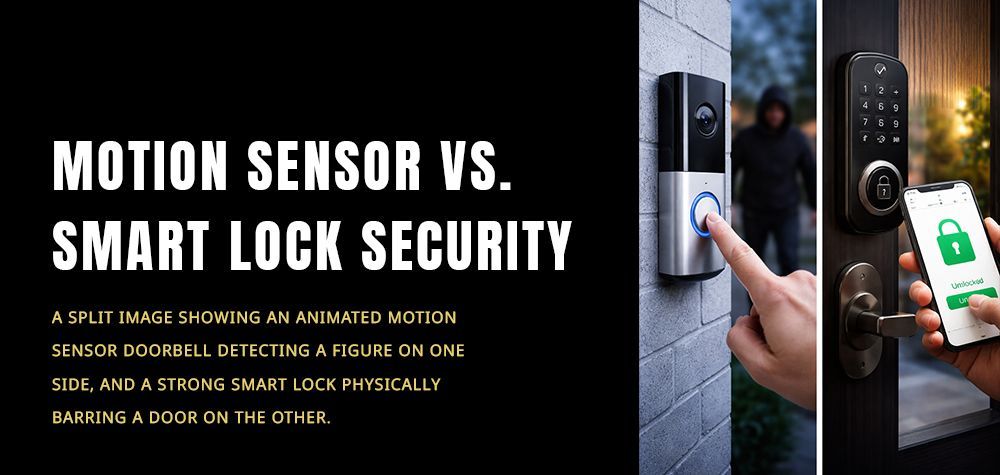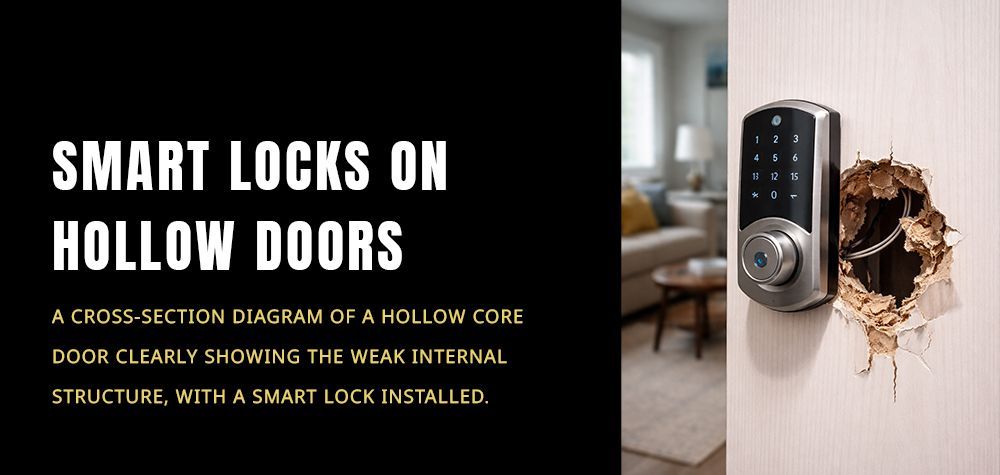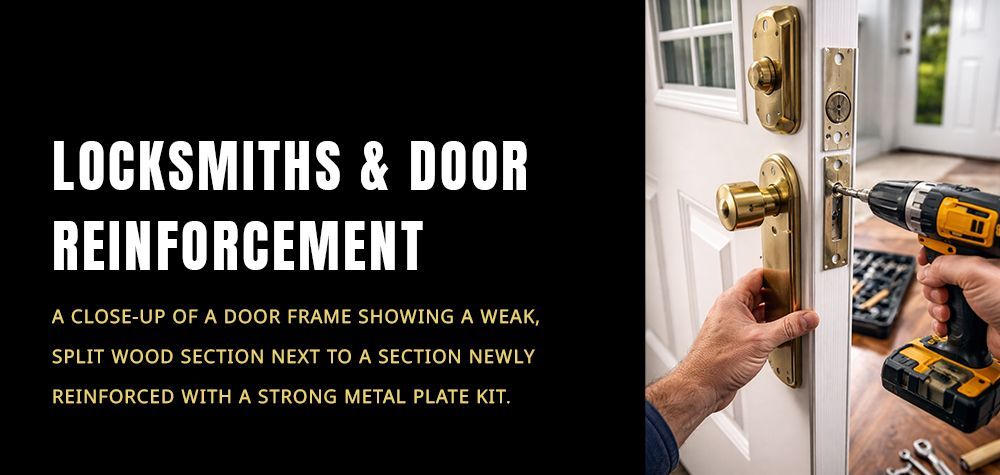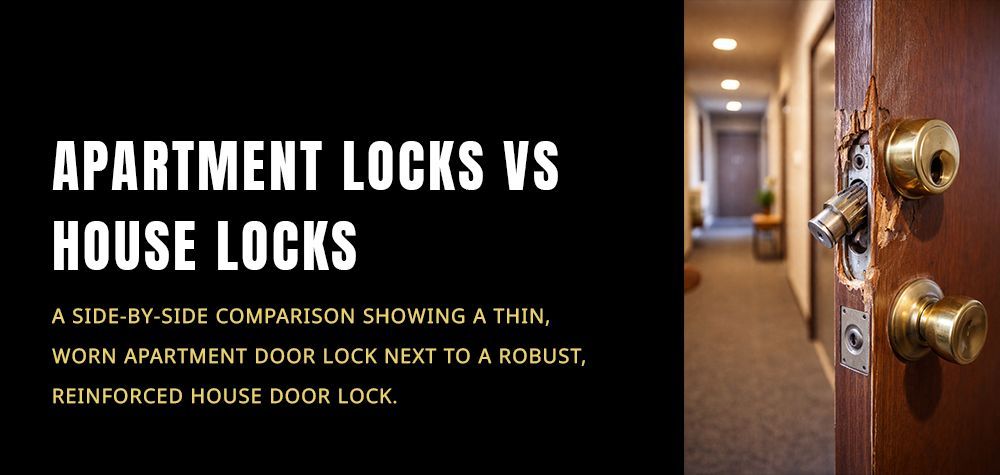How to Rekey Your House After a Break-In or Theft
A break-in is more than just a physical violation—it leaves emotional scars and questions about how secure your home truly is. After experiencing theft or any unauthorized entry, one of the most crucial steps you can take to restore safety and peace of mind is to rekey your locks. But what does that mean, how do you do it, and when should you consider replacing instead of rekeying? Let’s break down everything you need to know, step-by-step.
Top 10 Home Security Tips Recommended by Locksmiths
Why Rekeying Is Critical After a Break-In
If someone has had access to your keys—or forced entry through your door—your current locks can no longer be trusted. Even if they didn’t steal your keys, you can't rule out the possibility they duplicated them. Rekeying immediately ensures the old keys no longer work, and only new ones in your possession will provide access. It’s one of the fastest and most affordable ways to regain control of your home’s security.
What Does Rekeying Mean?
Rekeying a lock means changing the internal configuration (the pins inside the lock cylinder) so that it only works with a new key. You keep the same lock hardware on the door—but the old key won’t fit anymore. This is a less expensive alternative to replacing all your locks and just as secure when done correctly.
Should You Rekey or Replace the Locks?
Here’s a quick way to decide:
Rekey your locks if:
- The locks weren’t physically damaged during the break-in.
- You want a budget-friendly option.
- You want all doors to use a single key (keyed alike).
- Your locks are still high-quality or fairly new.
Replace the locks if:
- The locks were broken, drilled, or picked.
- You want to upgrade to more secure or smart locks.
- The current locks are old, rusty, or unreliable.
- You’re unsure how many people had copies of the old keys.
How to Rekey Your Locks (DIY or Pro)
You have two options: do it yourself using a rekeying kit, or hire a professional locksmith. Let’s go through both.
Option 1: DIY Rekeying (For Standard Pin Locks)
If you’re comfortable with tools and your locks are from a brand like Kwikset or Schlage, you can buy a rekeying kit from your local hardware store. Here's what the process looks like:
What You’ll Need:
- Rekeying kit (brand-specific)
- Original key and new key
- Plug follower tool
- Tweezers or a pick tool
- Screwdriver
Steps:
- Remove the doorknob or deadbolt using a screwdriver.
- Take out the lock cylinder from the housing.
- Use the original key to turn the plug, then push the plug out using the plug follower.
- Remove the old pins from the plug.
- Insert new pins (they’re color/number coded to match the new key).
- Reinsert the plug and reassemble the lock.
- Test the new key before reinstalling everything.
Note: If you’re uncomfortable doing this or if you have a smart lock, keypad lock, or high-security lock, it's best to call a locksmith.
Option 2: Hiring a Locksmith
A locksmith can rekey most locks within 15–30 minutes, often for around $20–$50 per lock (plus a service fee). They’ll:
- Rekey all your locks to work with a single new key (if requested).
- Inspect locks for damage.
- Upgrade lock hardware if needed.
- Install additional reinforcements like strike plates or smart locks.
Bonus: Locksmiths ensure there are no vulnerabilities left behind that you might miss.
Rekeying All Entry Points
After a break-in, don’t just rekey the front door. Burglars often check for weak points:
- Front and back doors
- Garage entry doors
- Side entrances
- Sliding doors (install additional locks or bars)
- Windows (install window locks if none exist)
- Mailboxes or sheds (if locks were compromised)
5 Signs It’s Time to Replace Your Home Door Locks
Consider Upgrading to Smart or High-Security Locks
After a break-in, many homeowners realize it’s time to take security more seriously. Rekeying is a great first step, but it might also be time to consider:
- Smart locks with remote control, activity logs, and auto-lock features
- High-security locks with drill/pick resistance and patented keys
- Keyless entry systems to eliminate physical keys altogether
These upgrades add layers of protection and give you greater control over who enters your space.
Other Security Steps to Take After Rekeying
Securing your home isn’t just about the locks. After rekeying, take the opportunity to:
- Install motion-activated lighting around entry points.
- Trim bushes and trees to eliminate hiding spots.
- Install a doorbell camera or full home security system.
- Reinforce strike plates with longer screws and metal plates.
- Notify neighbors about the break-in so they stay alert.
- Get new spare keys but only give them to trusted individuals.
How Long Does Rekeying Take?
- DIY rekeying: 20–60 minutes per lock (if you’re handy)
- Professional locksmith: 15–30 minutes per lock
For 3–4 doors, a locksmith can have you fully rekeyed in under two hours.
How Much Does Rekeying Cost?
DIY kits: $10–$20 per kit (usually rekeys up to 6 locks)
Locksmith service:
- $20–$50 per lock
- $75–$150 service call
- Discounts often available for multiple locks
Still far cheaper than replacing all your hardware.
Final Thoughts: Rekeying Is Empowering
A break-in can make you feel vulnerable and shaken, but rekeying is a quick, smart, and affordable way to reclaim your sense of safety. Whether you choose to DIY or hire a pro, don’t delay this step. Your home should be your safe place—start by making sure you're the only one with access.
Call Us Any Time!


